

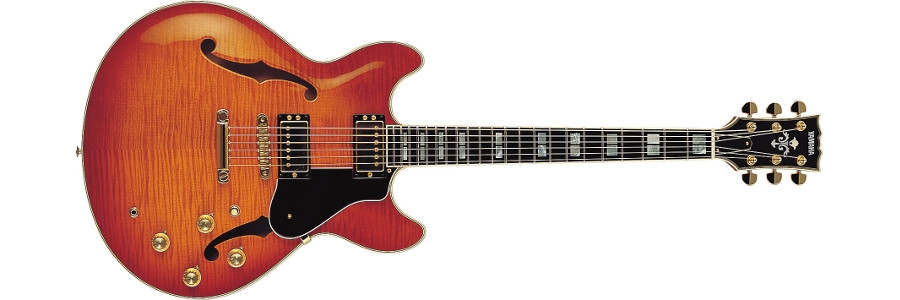
This guitar was made in Japan from at least 1992 to 2014. It
also appears in the various English language catalogues. It has been the
standard SA for that period and often the only one available. The Japanese
catalogue 1994 shows retail of 150,000 yen. In 2012 MRRP 231,000 yen (£1300).
Although supposedly out of production it is still available at
about £1550 in September 2016.
Specifications
Body Laminated figured Maple with white binding and Gloss finish but see note below
Neck Mahogany C shaped white binding gloss finish
Fretboard Ebony 13.75" radius 22 Medium Jumbo (Dunlop 6105) Frets 24.75" scale
Headstock Black outlined with 3 white and 2 black lines figured motif and no model number on truss rod cover
Tuners Yamaha Diecast
Pickups 2 Alnico V Humbuckers
Controls Gold 2 volume 2 tone with push push coil splitting 3 way toggle switch white tip
Nut Synthetic Bone 43mms
Hardware Gold
Bridge Tune-O-Matic stoptail
Pickguard Standard Black with white edging
Colours Brown Sunburst and Violin Sunburst the Brown dropped around 2005
Note The body is normally described as above but on some Yamaha own sites it is described as Laminated Sycamore
witha soft Maple centre. In one Yamaha Japanese catalogue it is described as Maple and Sycamore top Birch and Sycamore Back and
sides Maple and a Spruce Block
Below is a conversation on forum regarding the continued or
otherwise production of SA guitars
From a Canadian guitarist Sept 2016
Earlier this year, I
went to my local Yamaha dealer to enquire about the SA-2200. Not only did they
not have any in stock, that model did not exist in their computer system.
Because of that, I cannot order one.
Instead, I contacted several Japanese online music shops. None of the shops had
one in stock, but they could order one without knowing when they will get it.
It seems Yamaha does not make them on a regular basis. It took a few months to
get mine, and the import duty cost me a small fortune. So, this model is still
in production. Perhaps no longer available in Europe or North America, but they
still build them. I had heard elsewhere that Yamaha had switched the SA-2200
production to Taiwan, but it does not seem to be the case. The serial number
label on mine has "Made In Japan" printed on it.
They still appear on the Japanese and UK web sites as at September 2016
Update Sept 2018
Despite the talk of them being out of production several European and UK retailers have them in stock
one at as low as £1350 but most around £1600. All appear to be made in Japan.
Update April 2022
These are still readily available and seem to be still in production. Maybe they stopped for a short time.
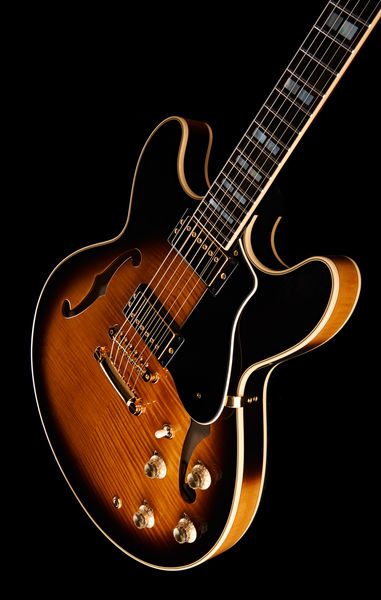
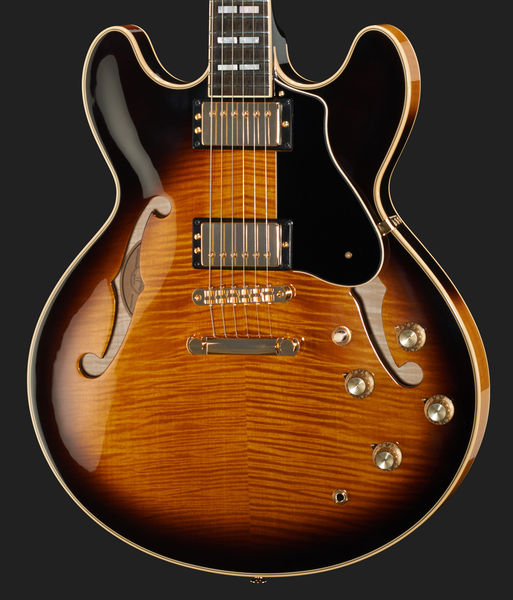
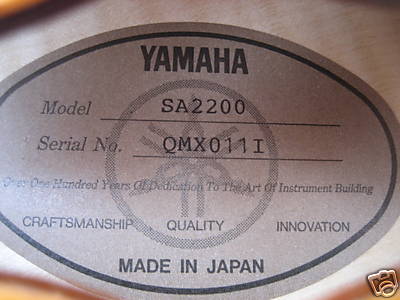
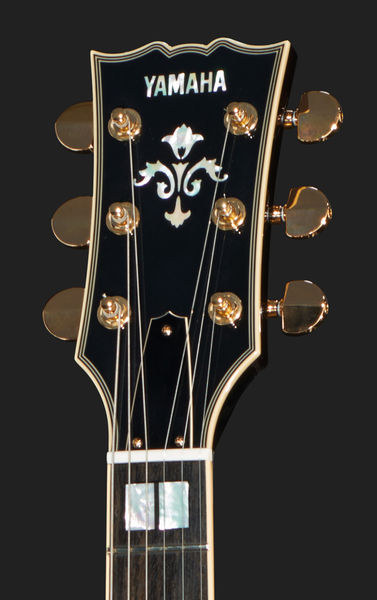

March 2023 and a thorough review.
A member of the Yamaha Musicians forum known only as HomerJSimpson has posted a very thorough review of this guitar
with a lot of detail. I will quote some of it here but to read the whole thing go to
Review
Here are some extracts from it:
Some reviews and comments have some astonishing views on the "unusual" usage of sycamore, people asking if this is
"as good as maple" or even claiming how inferior this choice of wood would be. It seems they all (and in a way even Yamaha)
fell victim to a European-American language divide causing confusion about what kind of tree a sycamore is: Americans tend
to call trees of the genus Platanus aka plane trees (Platanus occidentalis) "sycamore", which is unrelated to maple and doesn't
really play a role in instrument making. In the rest of the world [1] sycamore usually means Acer pseudoplatanus, which is -
as the latin name indicates - indeed a species of maple. It's even known as "sycamore maple" and more often "European"
or "English" maple in the US but it's not a native species there.
This medium hard and dense type of maple has a long tradition in instrument making, its comparatively high yield of (flame-)
figured wood made it a standard for famous violins and generally stringed instruments since ancient times. So the "sycamore"
used for the laminate parts of the SA2200 is by all means maple, not plane tree and certainly not "inferior".
The SA2200 service manual states "maple and spruce" for the body materials and the printed brochure even says "figured maple",
the Japanese product page is more specific and lists "maple and sycamore" for the top and back (of course meaning sycamore maple
and another, unspecified kind of maple), the sides are made of "birch and sycamore". Yet on Yamaha's foreign language product pages
this got all clipped down to "laminated sycamore", which is obviously misleading for the audience of the Yamaha USA site, most dealers
are copying that bad description and the resulting confusion is echoing across the world through the web.
This might also be the reason why some think that the figured maple is just a paper-thin veneer on top of firewood but it's
actually not only a nice 3-ply laminate (like on pre-1960 335s) with a thinner maple layer in a sandwich of thick sycamore maple,
the inside layers are obviously coming from the same veneer bundle as the outside layers so the insides are just as figured as the outsides! [
Bonus wood voodoo
The US and EU product pages do not mention Yamaha's 'A.R.E.' (Acoustic Resonance Enhancement) wood aging and seasoning process being applied
to this guitar, only the nice certificate card coming with the guitar officially informed me about it. The Japanese product page does not
mention it either but seems to state that the finished guitar was treated with 'I.R.A.' (Initial Response Acceleration) as well! While
torrefaction has been widely accepted as beneficial in various ways, whether or not acoustic massage to relieve wood joints and the
finish from tension/stress is more than esoteric mumbo jumbo was subject to heated discussions in forums. Yamaha obviously believes
in it enough to apply it to their high-end guitars without aggressive upselling intentions. The proof is in the pudding anyway, but first...
Fit and finish
Every joint, binding, transition, edge, angle and the general geometry under the finish is flawless. Tool marks on the fretboard and inlays
exist but they're not catching the eye. The thin polyurethane finish is almost flawless, the tiny exceptions being a hint of "orange peel"
inside the cutaways and a rough burr on the backside edge binding on the lower bout. It's invisible not only because it's on the backside,
and it's just a few centimeters along the edge being rough and noisy to the touch. I needed a watchmaker's loupe to see the burr, as if sanding
and/or buffing did not get there. A non-issue, and by now you probably believe me when I say that I checked the guitar very thoroughly and couldn't
find any more glitches.